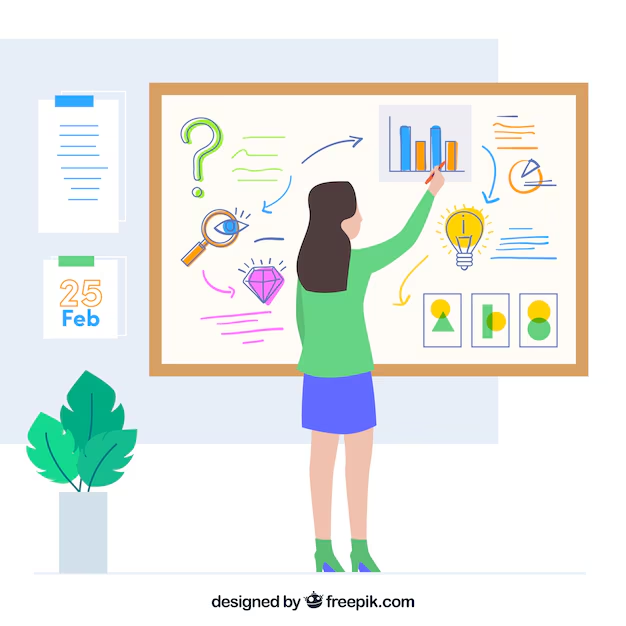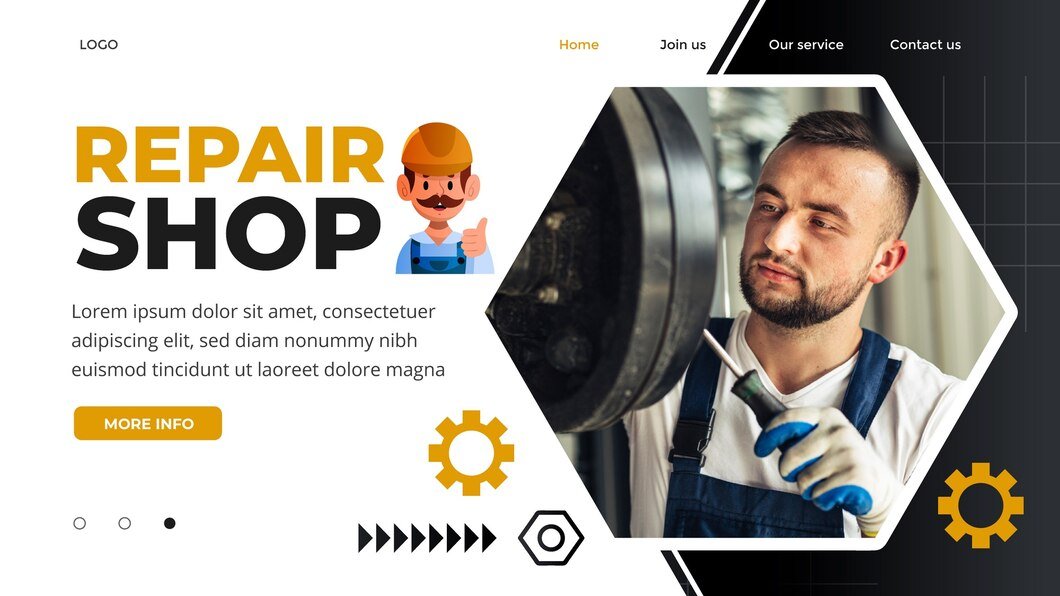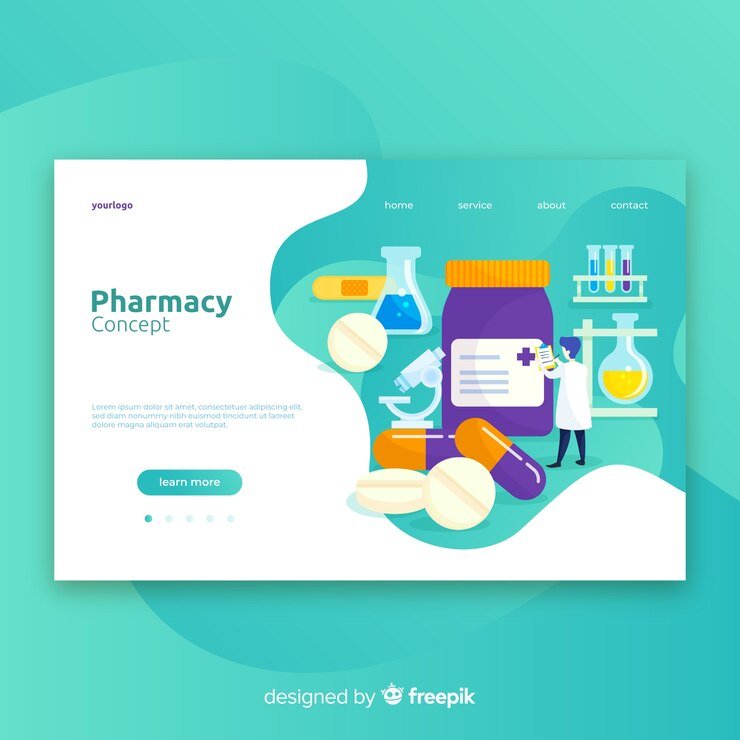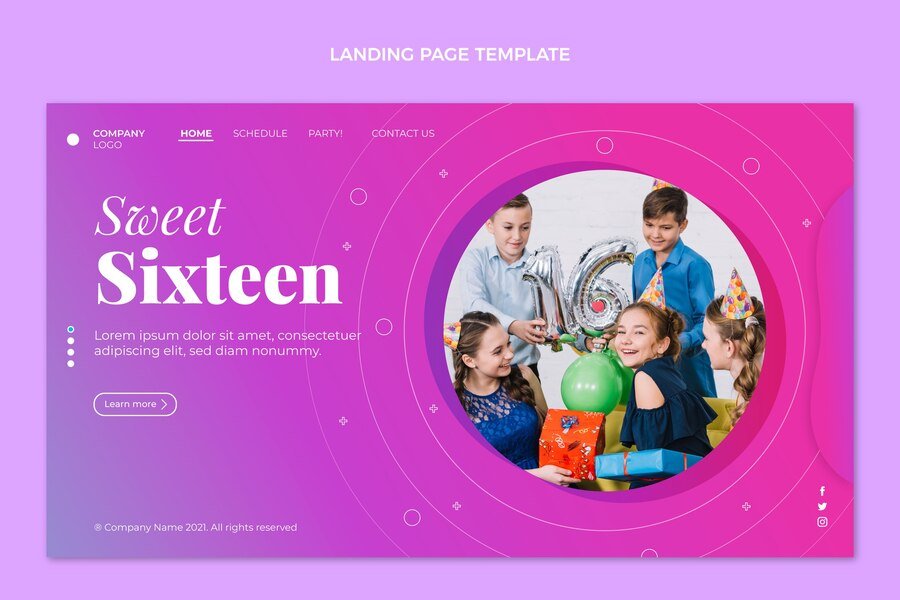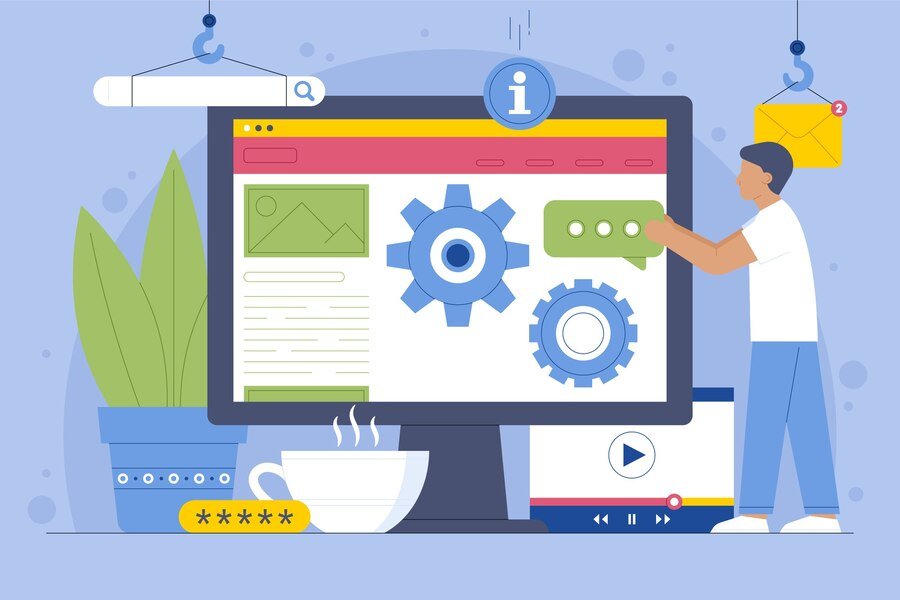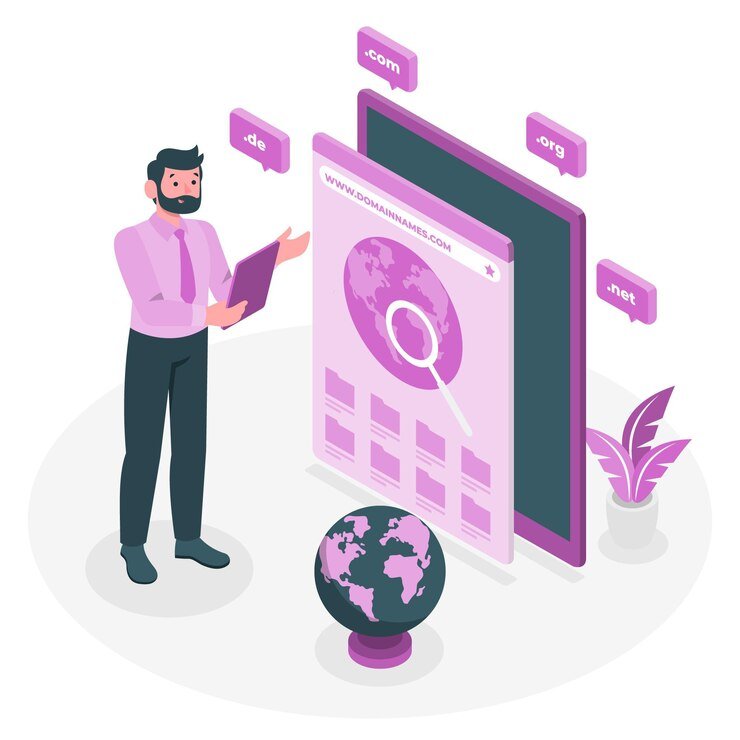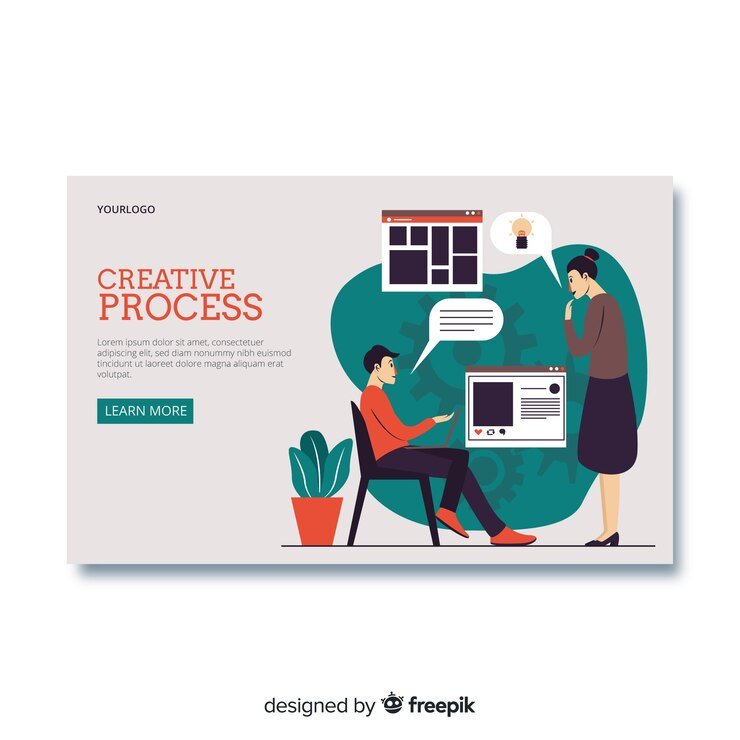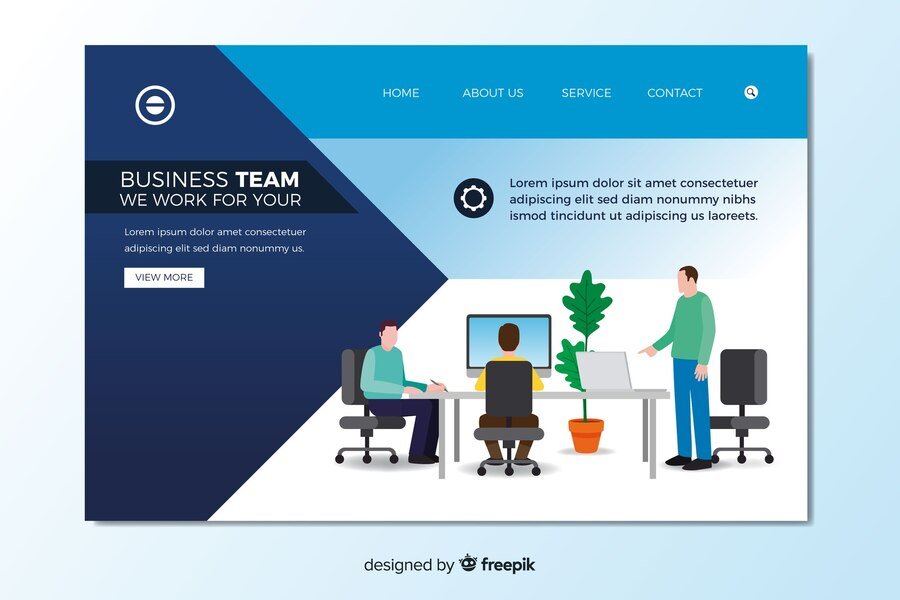Whiteboard animation is revolutionizing the way educators convey information. This engaging and versatile medium combines visual storytelling with auditory explanations, making complex concepts easier to understand and retain. In this article, we will explore ten creative uses for whiteboard animation in education, showcasing its potential to transform learning experiences across various subjects and educational levels.
1. Simplifying Complex Concepts
Complex topics can be daunting for students, but whiteboard animation excels in breaking down intricate ideas into easily digestible segments. Whether it’s the laws of thermodynamics, the structure of DNA, or the fundamentals of calculus, whiteboard animations can visually represent each component step-by-step. This method not only simplifies understanding but also aids in long-term retention by providing a clear and concise visual reference.
2. Enhancing Historical Narratives
History classes can benefit immensely from whiteboard animation. By animating historical events, timelines, and significant figures, educators can bring history to life. Animated sequences can depict battles, political movements, and cultural shifts, providing students with a dynamic and engaging way to learn about the past. This approach can help students connect emotionally with historical events, making them more memorable.
3. Visualizing Mathematical Processes
Mathematics often involves abstract concepts that can be challenging to grasp through traditional teaching methods. Whiteboard animation can illustrate mathematical processes, such as solving equations, graphing functions, and understanding geometric shapes. By visually breaking down each step of a problem, students can better understand the logic and methodology behind mathematical operations, leading to improved problem-solving skills.
4. Demonstrating Scientific Experiments
Science education frequently involves experiments that may be difficult to conduct in a typical classroom setting. Whiteboard animation can simulate these experiments, providing a visual and step-by-step guide to scientific procedures and outcomes. This is particularly useful for complex experiments or those requiring specialized equipment. Animated demonstrations can ensure all students have a clear understanding of the experiment and its results, enhancing their grasp of scientific principles.
5. Facilitating Language Learning
Language acquisition involves mastering vocabulary, grammar, and pronunciation, which can be challenging for many learners. Whiteboard animation can create immersive language lessons where animated characters engage in dialogues, demonstrating correct usage and pronunciation. Visual storytelling can also depict cultural contexts, helping students understand the nuances of the language. This interactive approach makes language learning more engaging and effective.
6. Supporting Diverse Learning Needs
Inclusive education aims to meet the diverse needs of all students, including those with learning disabilities. Whiteboard animation can provide multiple representations of information, catering to various learning styles. For visual learners, animations can make abstract ideas more concrete. Additionally, animations can include voiceovers and subtitles, making content accessible to students with hearing or visual impairments. This adaptability ensures that all students have an equal opportunity to succeed.
7. Enhancing Teacher Professional Development
Professional development for educators can also benefit from whiteboard animation. Training programs can use animated videos to convey new teaching methodologies, classroom management strategies, and technological tools. These animations can succinctly and clearly present complex concepts, making it easier for teachers to understand and implement new techniques. By improving teacher training, whiteboard animation can indirectly enhance student learning outcomes.
8. Creating Engaging Review Sessions
Review sessions are crucial for reinforcing learning, but they can often be monotonous. Whiteboard animation can create engaging review videos that summarize key concepts and lessons. These animated summaries can highlight the main points of a topic, providing students with a quick and effective way to revisit important material. This method can alleviate the stress of exam preparation and improve information retention.
9. Promoting Critical Thinking and Problem-Solving
Critical thinking and problem-solving are essential skills in education. Whiteboard animation can present real-world scenarios and case studies that require students to analyze information, make decisions, and solve problems. By visualizing these scenarios, students can practice applying their knowledge in practical contexts. This interactive approach encourages active learning and the development of higher-order thinking skills.
10. Supporting Flipped Classroom Models
The flipped classroom model, where students review instructional content at home and engage in interactive activities in class, is gaining popularity. Whiteboard animation is an excellent tool for this model, as it allows teachers to create engaging and informative videos for students to watch as homework. This approach ensures that students come to class prepared, enabling more meaningful discussions and hands-on activities. The visual and auditory elements of whiteboard animation can cater to various learning styles, making the flipped classroom model more effective.
Conclusion
Whiteboard animation is a powerful and versatile tool that can significantly enhance education. By simplifying complex concepts, visualizing abstract ideas, and engaging students through dynamic storytelling, whiteboard animation can transform traditional teaching methods. Educators can leverage this technology to create inclusive, interactive, and effective learning experiences that cater to the diverse needs of their students. As the educational landscape continues to evolve, whiteboard animation will undoubtedly play a crucial role in shaping the future of learning.
By integrating whiteboard animation into their teaching strategies, educators can make lessons more engaging, accessible, and memorable, ultimately fostering a deeper understanding and appreciation of the subjects they teach. This innovative approach not only enhances student learning but also supports teachers in delivering high-quality education.
